3D design has become a fundamental tool in executing engineering projects, revolutionizing how ideas are conceptualized and executed. From the initial concept to final implementation, 3D technologies have enhanced the quality of engineering designs, reduced costs, and increased operational efficiency. In this article, we explore the role of 3D design in engineering projects and how it has become a critical element for success and innovation in the field.
What is 3D Design?
3D design is the process of creating realistic or digital models that accurately represent objects or structures using specialized software. These models can simulate reality, enabling engineers and designers to explore and modify designs before implementation.
The Importance of 3D Design in Engineering Projects
Enhanced Visualization
- 3D design provides a comprehensive view of proposed designs, allowing investors and clients to better understand the project.
- It bridges the gap between conceptualization and the final outcome, reducing surprises during execution.
Improved Detail Accuracy
- With 3D design software, engineers can deliver highly detailed representations of dimensions, materials, and even load distributions.
- This reduces engineering errors during implementation.
Simulation Testing
- 3D design software enables simulation testing of structures, such as wind or earthquake resistance, before construction begins.
- This saves time and resources that might otherwise be wasted on failed implementations.
Cost and Time Efficiency
- 3D design minimizes the need for on-site adjustments, conserving resources.
- Accurate visualizations and simulations lower the risk of costly mistakes.
Applications of 3D Design in Engineering Projects
Building and Structural Design
- 3D design is used to create precise models of buildings and structures, optimizing both aesthetics and functionality.
Urban Planning
- It provides a comprehensive visualization of urban planning, including roads, bridges, and public parks.
- Projects can be simulated to ensure seamless integration with the surrounding environment.
Infrastructure Projects
- In designing bridges, tunnels, and dams, 3D simulations enhance design efficiency and ensure project sustainability.
Heavy Industries
- For factory layouts and heavy equipment designs, 3D design improves efficiency and safety.
Technologies Used in 3D Design
Advanced Design Software
- Tools like AutoCAD, Revit, and SolidWorks create precise and integrated designs.
Virtual Reality (VR)
- VR immerses designers and clients in interactive 3D experiences, enabling them to explore designs.
3D Printing
- Physical prototypes of 3D designs can be created for evaluation before execution.
Laser Scanning
- This technology gathers accurate site data and converts it into a 3D model.
Benefits of 3D Design for Engineering Projects
Enhanced Collaboration
- Engineers from different disciplines can work on the same model, facilitating better coordination and reducing discrepancies.
Promotes Sustainability
- Projects can be designed with sustainability in mind by simulating energy consumption and resource use.
Improved Client Experience
- Clients can interact with 3D designs and provide feedback before construction, ensuring greater satisfaction.
Risk Reduction
- The precision of 3D technology minimizes risks associated with engineering errors.
Challenges of 3D Design
Initial Costs
- Investing in advanced software and technologies requires significant upfront expenditure, which may challenge smaller firms.
Need for Specialized Training
- 3D design demands skilled professionals trained in using these technologies effectively.
Rapid Technological Advancements
- Companies must stay updated with evolving tools to leverage the latest and most efficient features.
The Future of 3D Design in Engineering
Integration with Artificial Intelligence (AI)
- 3D designs are expected to become smarter, integrating AI systems that analyze data and propose automatic improvements.
Broader Applications of Virtual Reality
- VR will provide immersive experiences for clients and engineering teams, improving project understanding before execution.
Greater Sustainability
- Advanced technologies will promote more sustainable projects by optimizing resource use and reducing carbon emissions.
3D design is not merely an engineering tool but a revolutionary technology redefining how engineering projects are executed. By offering precise visualization, enhancing efficiency, and reducing costs, 3D design has become a cornerstone for project success. Despite its challenges, its benefits far outweigh the drawbacks, making it an indispensable investment for any company aiming for innovation and excellence.

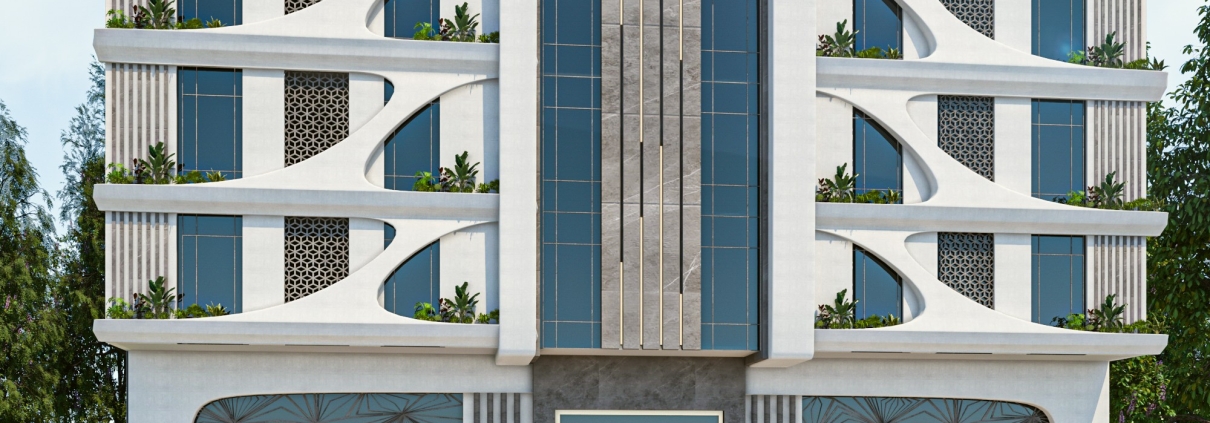
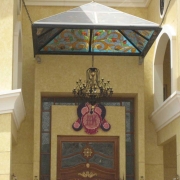
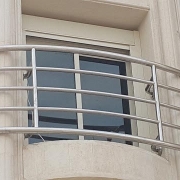
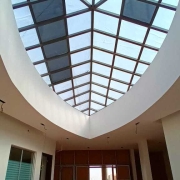
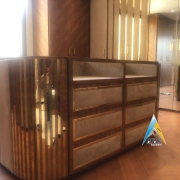
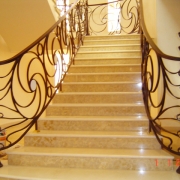

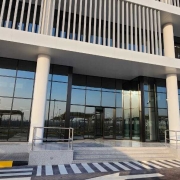
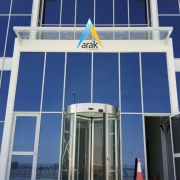


Leave a Reply
Want to join the discussion?Feel free to contribute!